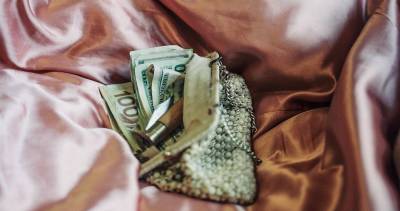Ewan McNeil’s Peripheral Topographics conveys a haunted tension
Ewan McNeil: Peripheral Topographics
At the Teck Gallery, SFU Vancouver, until February 18
The relationship between photography and painting is a bit like that between siblings—rivalrous and cooperative, antagonistic and symbiotic. Sometimes these siblings slavishly imitate each other, demanding to wear each other’s clothes. At other times, they’re mutually contemptuous and strive to be as unlike as possible. They may stake out the same formal and theoretical ground, or they may occupy widely divided territories, but at no time since the birth of photography have they been unaware of each other.
Ewan McNeil’s recent black-and-white paintings, on view in the Teck Gallery, obviously refer to photographs. To a degree, they engage in the visual semantics of 1970s photo-realist painting, such as precision of focus and flatness of field. At the same time, their subject matter—often overlooked aspects of the built or human-altered environment—suggests the influence of the New Topographics movement in photography. Their dedicated black-and-whiteness, however, and their sense of dread or foreboding also align them with film noir.
Whatever the historical context of McNeil’s images, they mostly convey a haunted kind of tension, as if something dire—or at least very uncomfortable—is about to happen. In Bobcat, an old house seems to balance precariously above a huge excavation. In A Bright and Shiny Future, the gaps in the span of a bridge under construction again portend disaster. In Ramp, a pedestrian overpass in Stanley Park appears, eerily, to hover in dense forest and lead nowhere. One of the most interesting works here, Gore St., is a moody night-time view of three traditional-style houses under construction: the play of unnatural, slanting light against deep and ominous darkness is extremely effective in unsettling the viewer.
Although these paintings are all “true” in the sense that they depict scenes McNeil has encountered in the Lower Mainland, they have a feeling of magic realism about them. The black-and-white palette amps up the sense of disconnection from everyday reality. All but one of the nine scenes on view are unpopulated. The exception, the small figure of a hard-hatted worker in Hollow Tree, is superfluous: it shouldn’t be there. In their ghostly shades of grey, McNeil’s paintings work best when emptied of human life.















Comments